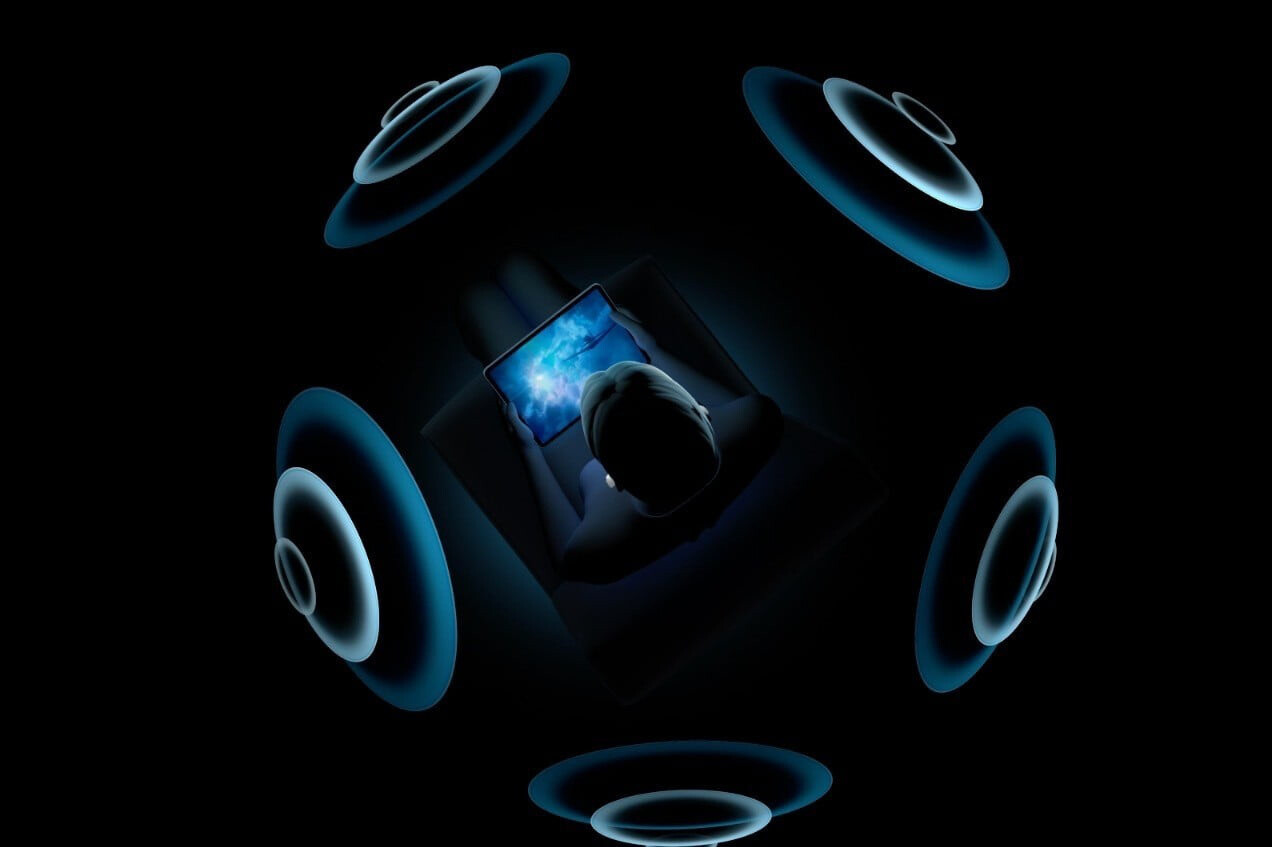
Immersive audio or spatial audio refers to the techniques used to create a 3D audio experience, in which sounds are positioned in space and move around the listener in a natural and realistic way. The aim is to create a more immersive and lifelike listening experience that makes the listener feel as if they are part of the sound environment, rather than just listening to it.
The process of creating immersive audio involves capturing or synthesizing sound in multiple channels, then processing and mixing them in a way that creates a realistic sense of space and movement. This can be achieved through various techniques, such as binaural recording, ambisonics, or object-based audio.
Binaural recording involves capturing sound with microphones placed inside a dummy head or using headphones to simulate the way sound is received by the human ears, resulting in a realistic 3D sound field.
Ambisonics involves capturing sound in a spherical manner, and then decoding it to create a 3D sound field that can be played back through various speaker configurations, such as surround sound systems or headphones.
Object-based audio involves encoding individual sound sources as separate objects that can be positioned and moved independently in a 3D sound field, allowing for more flexibility and customization in the final mix.
The end result of immersive audio processing is a more dynamic, realistic and engaging sound environment, which can enhance the listening experience of music, movies, video games, and virtual reality applications, by creating a more immersive and lifelike experience.
